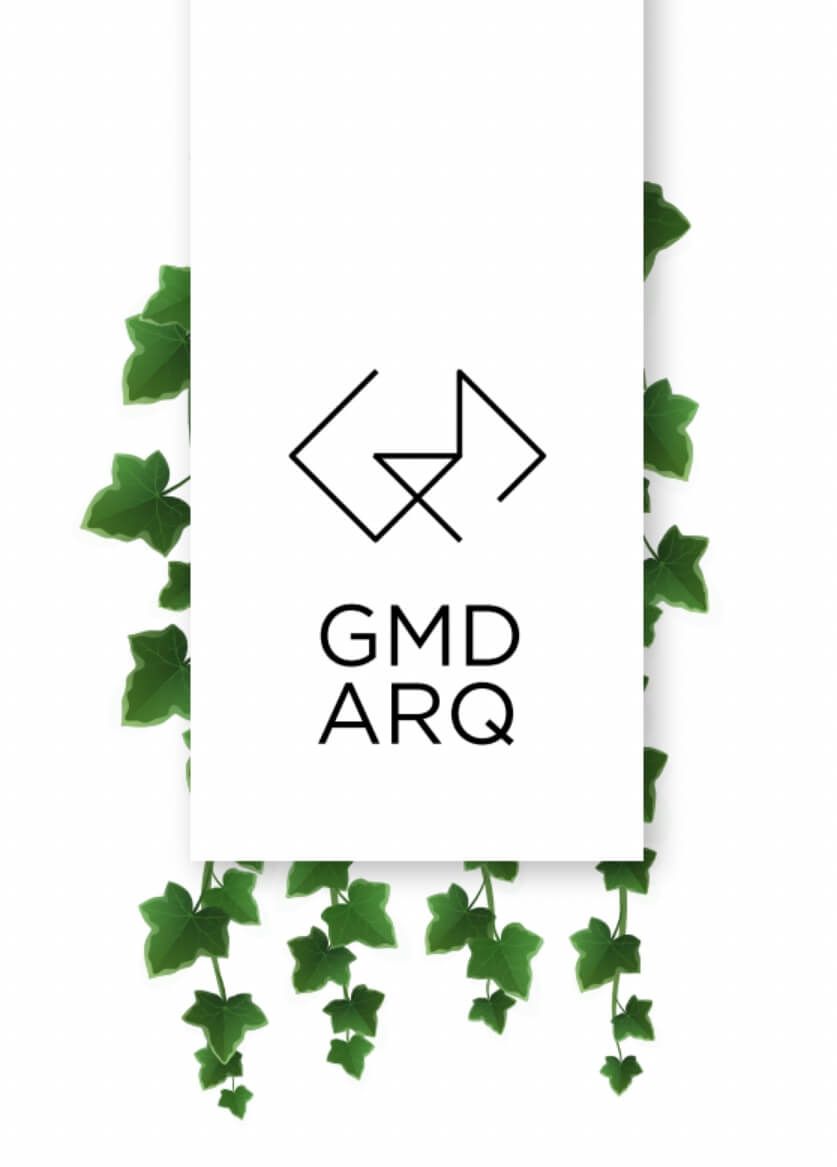Exploring Architecture-as-a-Service and Its Impact on Custom Design
Understanding Architecture-as-a-Service
In recent years, the concept of Architecture-as-a-Service (AaaS) has emerged as a transformative force in the design industry. AaaS leverages cloud computing and digital technologies to offer architectural services on-demand. This not only streamlines processes but also provides scalability and flexibility to meet the diverse needs of clients. By utilizing AaaS, businesses can access architectural expertise without the need to invest in full-time staff or expensive software.

The Shift from Traditional to On-Demand Services
The traditional architectural design process often involves lengthy timelines, numerous meetings, and significant resource allocation. In contrast, AaaS allows for more agile and efficient workflows. Clients can collaborate with architects remotely, review designs in real-time, and make adjustments quickly. This shift is particularly beneficial for startups and small businesses that may lack the resources for large-scale projects.
Furthermore, AaaS democratizes access to high-quality architectural services. By offering a range of customizable options, it ensures that even smaller projects receive the same level of attention and expertise as larger ones. This accessibility is changing the landscape of custom design, making it more inclusive and adaptable to client needs.
Benefits of Architecture-as-a-Service
One of the primary advantages of AaaS is cost-efficiency. Clients pay only for the services they use, allowing for better budget management. Additionally, AaaS platforms often provide a suite of tools and resources that enhance the design process, such as 3D modeling software and virtual reality simulations.

Another significant benefit is the ability to scale services as needed. Whether a project requires a simple consultation or a comprehensive design overhaul, AaaS can accommodate varying levels of complexity. This scalability is crucial for businesses that experience fluctuating demands or seasonal changes in project volume.
Impact on Custom Design
The rise of AaaS is profoundly impacting custom design by introducing new levels of personalization and innovation. With access to a global network of architects and designers, clients can explore a wider range of styles and ideas. This global perspective encourages creativity and fosters unique design solutions that are tailored to individual preferences.
Moreover, the integration of advanced technologies such as AI and machine learning within AaaS platforms enhances the design process by providing data-driven insights and predictive analytics. This enables architects to make informed decisions that align with client goals and project specifications.

Challenges and Considerations
While AaaS offers numerous benefits, it also presents certain challenges. Ensuring data security and privacy is paramount, as sensitive project information is often shared over digital platforms. Additionally, the reliance on technology requires a robust IT infrastructure and support system to prevent disruptions in service.
Clients should also be mindful of potential communication barriers when collaborating with remote architects. Establishing clear communication channels and setting expectations from the outset can mitigate misunderstandings and ensure a smooth design process.
The Future of Architecture-as-a-Service
As technology continues to evolve, so too will the capabilities of AaaS. The integration of virtual reality (VR) and augmented reality (AR) is expected to further enhance client interactions by providing immersive experiences that bring designs to life. These advancements will likely drive greater adoption of AaaS across various sectors, from residential to commercial projects.

In conclusion, Architecture-as-a-Service is reshaping the custom design industry by offering flexible, efficient, and innovative solutions. As more businesses embrace this model, we can anticipate a future where architectural services are more accessible, personalized, and responsive to the ever-changing demands of the market.
